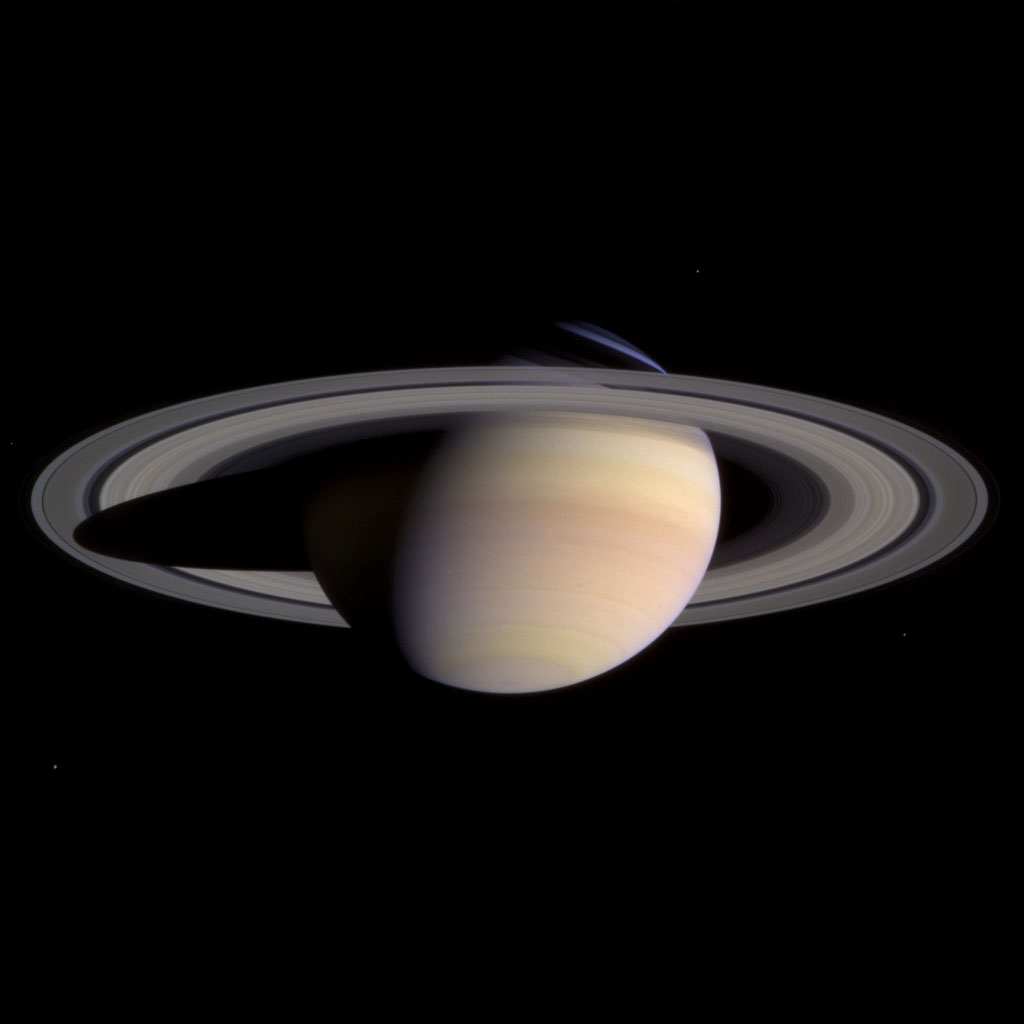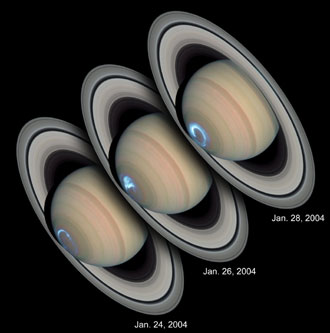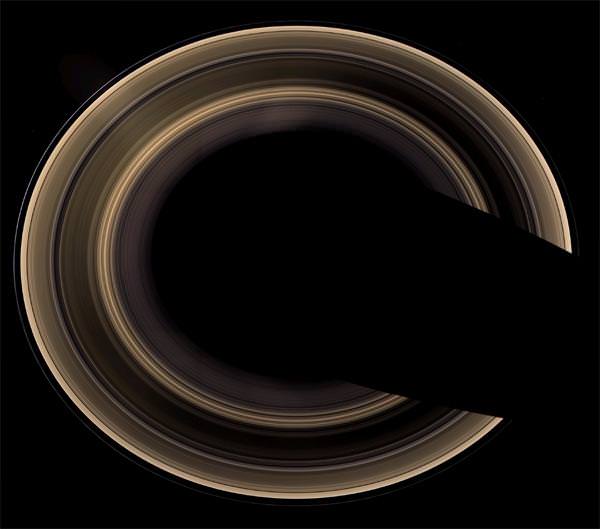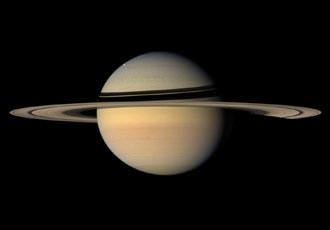Saturn is one of the 5 planets visible with the unaided eye. In fact, it often appears as one of the brightest stars in the sky, and so ancient people have known about Saturn for thousands of years. In fact, it’s impossible to know who made the Saturn discovery.
The Romans named Saturn after their god of the harvest and time, the same entity as the Greek God Chronos.
The first observation of Saturn through a telescope was made by Galileo Galilei in 1610. His first telescope was so crude that he wasn’t able to distinguish the planet’s rings; instead he thought the planet might have ears or two large moons on either side of it. When he looked at Saturn a few years later, the moons had disappeared, but this was just because the angle of Saturn had changed, and the rings were being seen edge on.
The Dutch astronomer Christiaan Huygens observed Saturn in 1659, and solved the mystery, realizing that the “arms” around Saturn were really a system of rings. He also was the first to observe Saturn’s moon Titan.
Better and better telescopes helped reveal that the rings were really a system of particles, and Jean-Dominique Cassini discovered 4 other major moons of Saturn: Iapetus, Rhea, Tethys and Dione.
The first close up observations of Saturn were made by NASA’s Pioneer 11 spacecraft, which made a flyby of the planet on September 1, 1979 at a distance of only 21,000 km above the planet’s cloud tops. It send back the first close-up images of Saturn.
Other spacecraft have visited Saturn, including NASA’s Voyager probes. And the Cassini has been orbiting Saturn since its arrival in July 2006.
Here’s an article about what Galileo might have seen, and an article about Cassini’s observations of Saturn.
Here’s a great history of Saturn from NASA, and more information from NASA’s JPL.
We have recorded two episodes of Astronomy Cast just about Saturn. The first is Episode 59: Saturn, and the second is Episode 61: Saturn’s Moons.









